Pallas Cat Facts
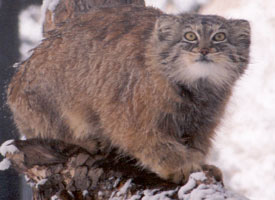
- Common Name: Manul (a.k.a. Pallas’s Cat)
- Kingdom: Animalia
- Phylum: Chordata (Vertebrata)
- Class: Mammalia
- Order: Carnivora
- Family: Felidae
- Genus: Felinae (Octocolobus)
- Species: manul
Misc: Peter Pallas who first described this cat, erroneously suggested that it was the ancestor of the Persian breeds of domestic cats because of its long fur, stocky build and flattened face.
Captive Pallas’s cats have lived up to 11.5 years
Size and Appearance: This small cat weighs in between 5 – 9 lb. with a head and body length of 19.5 – 25.5 in. and a tail length of 8 – 12 in. Its coat varies in color from light gray to yellowish buff to russet. The white tips of the hair give a frosted silvery appearance. There are 2 dark streaks across each side of the head and 4 rings on the dark tipped tail. The coat is longer and denser than any other of the felid species. This extremely thick and heavy coat provides a good source of insulation for an animal that spends so much time lying on frozen ground and snow. They have small, rounded ears, set very low on the sides of the head.
 Habitat: Pallas’s cats are best adapted to cold arid environments and occupy steppes, alpine deserts and rocky country at fairly high elevations. They make their dens in caves, crevices, or burrows dug by other animals. They were originally believed to be primarily nocturnal, but are now being considered crepuscular.
Habitat: Pallas’s cats are best adapted to cold arid environments and occupy steppes, alpine deserts and rocky country at fairly high elevations. They make their dens in caves, crevices, or burrows dug by other animals. They were originally believed to be primarily nocturnal, but are now being considered crepuscular.
Distribution: Found throughout Asia, from the Caspian Sea and Iran to southeastern Siberia and Tibet.
Reproduction and Offspring: Females have up to 6 – 8 kittens after a gestation of 66-75 days, and are typically born in late April and May. They reach sexual maturity around 12 months old.
Social System and Communication: Unknown.
Hunting and Diet: Pika form the major part of their diet, with small rodents, birds and insects also part of their diet. They not only catch their prey by chasing, but also by waiting outside of dens and ambushing the prey. If the holes are shallow, they have also been seen “fishing” for prey with their paws.
Principal Threats: The two primary threats concerning the Pallas’s cat are the hunting of the cat for its fur, and the poisoning of its primary food source. The Pika in some parts of its territory is being poisoned because it is believed to be a vector for plague, and in other parts of the Pallas’s territory, they are considered to compete with domestic stock for grazing land.
Status: IUCN: Not listed. CITES: Appendix 2 Endangered.
Felid TAG 2003 recommendation: Pallas’ cat (Otocolobus manul). A mono-specific genus, the Pallas’ cat or manul is one of the few longhaired, cold-tolerant felids from Asia. Not available until recently, a number of founders have been imported from Russia in the last 2 to 3 years, and litters have been reported in most collections. This species is a seasonal breeder, and changes from a normal photoperiod (with artificial light) can disrupt the breeding season. Pallas’ cats, especially young, are highly susceptible to toxoplasmosis. The initial target population has been set at 80 individuals. Once reached, the target will need to be increased to achieve genetic and demographic objectives. An international studbook is currently in place. An SSP is recommended.
How rare is this cat ? The International Species Information Service lists 117 worldwide, with 48 being in the U.S.
Information taken from IUCN Status Survey and Walkers Mammals of the World.
See Conservation Work Funded By Big Cat Rescue here:
All conservation insitu work: https://bigcatrescue.org/insitu/
2023 Work to Save Pallas Cats https://bigcatrescue.org/protect-pallas-cats/




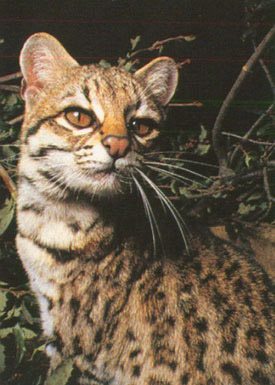
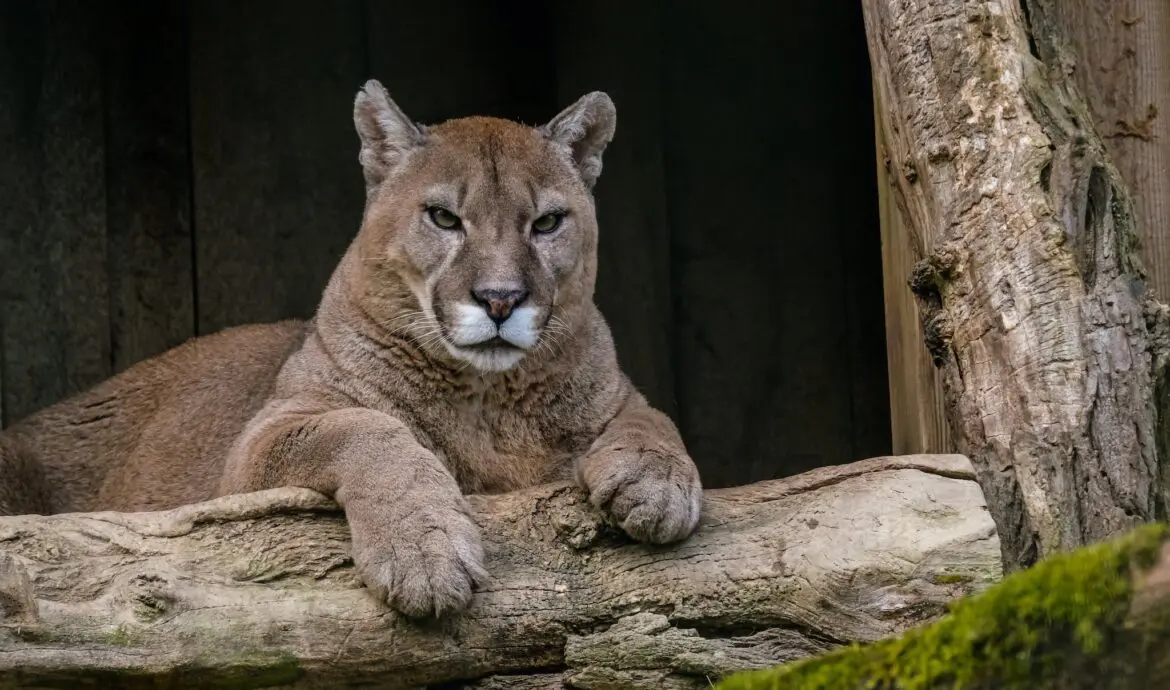
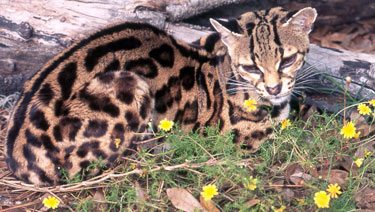

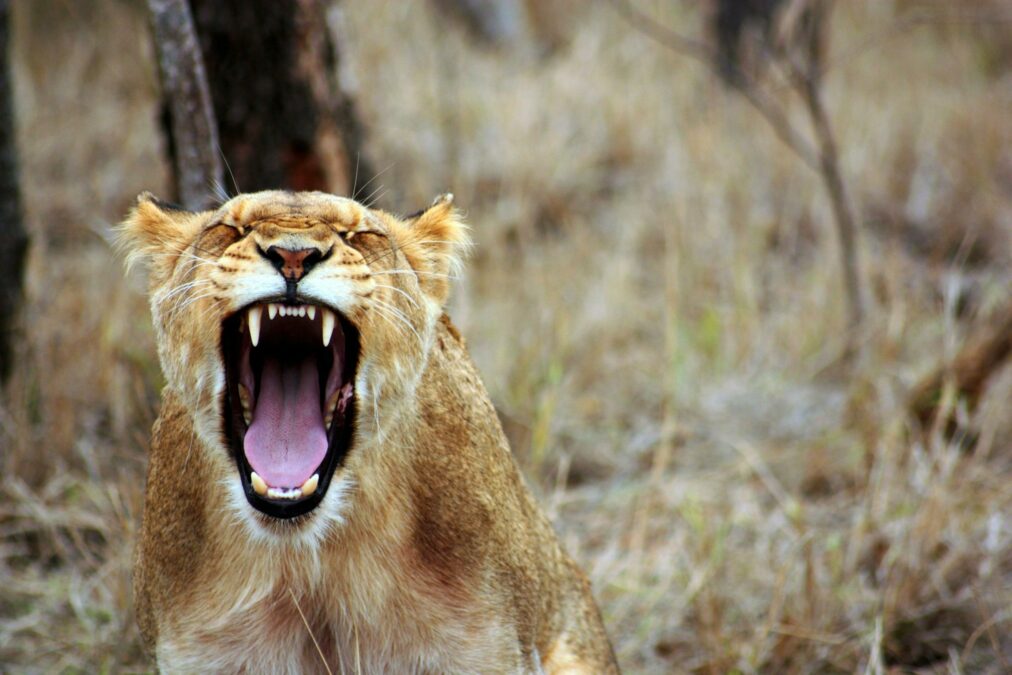
please contact me a persiangreeneyes@comcast.net.
It's kind of scary looking but interesting!
Here's another 'spotted cat' beloved of High Priestess Spotted Cat Rescue — they live in the Himalayas and Mongolia, SE Asia, and are highly endangered. However, World Wildlife Fund set out cameras in Bhutan, and captured the image of one (or two) observed in the wild. So! They're there! Size of a housecat, with a really, really odd feral look! See 'em here!
This little cat is just so intriguing!
What a gorgeous creature! I love your comment, "As happens with males, he is superfluous at the moment"…that crosses many species barriers 🙂
wow
recently pallas cat seen in ladakh region a village name hanle..
<3 LOVE <3 OH! This cat must be saved!
I learned something new today! I hope the people in his Asian home will take the necessary action to preserve his species!! Don't leave it to zoos in western culture to save these animals! They need people in their home turf to appreciate and foster their survival!!
Yes, I have often heard that we males are suoperflous – or sometimes even worse!
Maybe you should consider fish as added to the diet, in the wild. Build him a pond and stock it! I'm pretty sure he'll be "fishing" with those amazing paws of his…
I am currently obsessed with these gorgeous creatures, as you can see by my profile pic. Thank you for educatiing us about them.
yes..build him (them) a fish pond..it would bring joy into his captivity life!!
I thought it was extremely difficult to keep Pallas cats in captivity because they generally live at a high altitude and suffer at low altitudes, also their immune systems are underdeveloped so they are prone to many infections. I hope that’s not the case and this little fella has a long, healthy and happy life ???
Thanks for taking in this beautiful boy. I’m sure at your place he will be a palaces cat! Thanks for educating people about all the cats. Can’t wait to see him on the virtual tours.
It’s kind of funny but I have a big beautiful Siberian Forest cat named Lucky. The resemblance between my domestic Siberian and the Pallas cat are amazing. Same shape body…similar eyes and facial features. The biggest difference would be the ear shape (although the ears are similarly wide set on my Siderian). Is it possible that the Siberian Forest breed is somehow connected to the Pallas cat?
I was wondering same thing my Siberian resembles this cat so mich especially ears.
hi
I found out about this cat breed from a shifter romance novel. I loved how the animal was described and have been gobbling up as much information about them as I can.